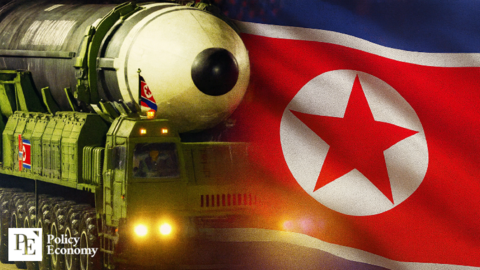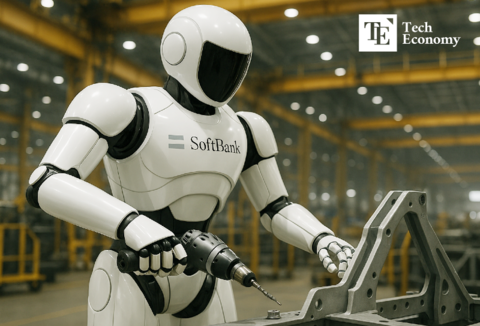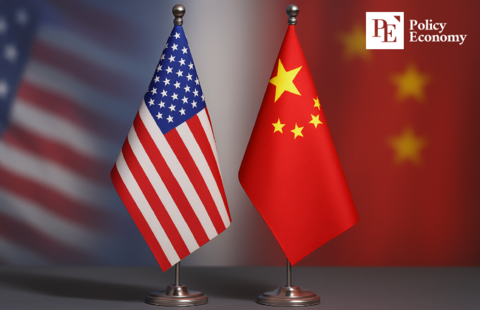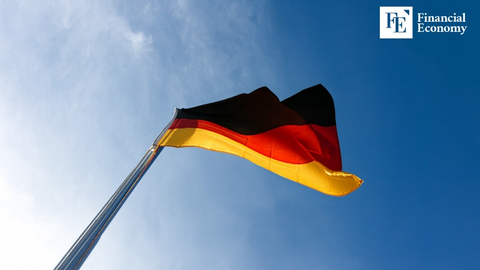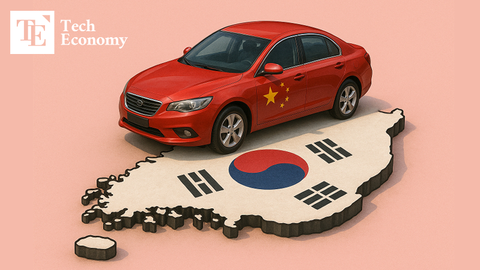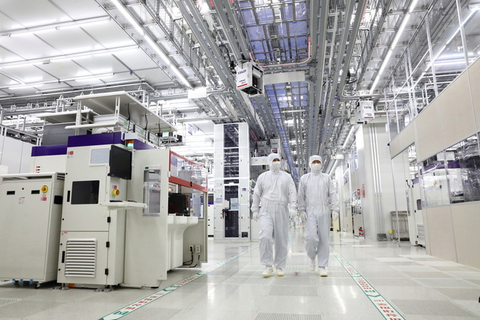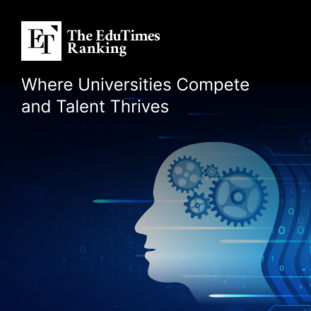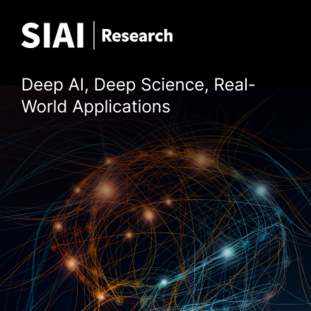A ‘Ticking Time Bomb’: Tesla Faces a ‘Crisis’ in Mass-Producing Its Humanoid Robot
Input
Modified
China-fication of the Robotics Industry” Officially Underway Musk Acknowledges Dependence on Chinese Supply Chains Tariff Bomb Could Trigger Sharp Rise in Production Costs

Tesla’s ambitious journey into the realm of humanoid robotics has met a formidable challenge—one that transcends engineering prowess and automation. As geopolitical tensions between the United States and China intensify, Elon Musk’s futuristic vision for Optimus, Tesla’s humanoid robot, is increasingly overshadowed by supply chain vulnerabilities, trade barriers, and an emerging battleground where China is quickly asserting dominance. Though Tesla's technological edge is undisputed, the real test lies not in innovation alone but in navigating the global forces shaping the robotics industry.
A Red Light for Optimus: China’s Grip on Robotics Supply Chains
Tesla’s plan to mass-produce Optimus, a flagship for its future portfolio, now stands on uncertain ground. Experts warn that the robotics industry’s deep reliance on Chinese supply chains could expose Tesla to crippling risks from escalating U.S. tariff policies. As this dynamic unfolds, a growing number of observers believe that China—not the U.S.—could seize control of the Optimus project’s momentum.
Chinese manufacturing no longer revolves around cheap labor and basic assembly. Instead, it now commands advanced automation systems, integrated AI-driven process controls, and an ecosystem capable of delivering quality at competitive costs. Xu Xuecheng, a senior researcher at China’s Humanoid Robot Innovation Center, noted that Tesla’s dependency on components such as actuators, joints, and ball screws—mostly produced in China—means that any disruption could derail production plans. He warned that Tesla’s mass production ambitions are likely to face delays, given the depth of supply chain entanglement.
More broadly, China is shifting from its old label as the "world’s factory" to that of a global industrial leader and nowhere is this clearer than in robotics. The integration of high-tech infrastructure with local innovation has enabled Chinese companies to challenge international incumbents not only with speed but also with execution. Tesla’s manufacturing expertise, once unmatched, now faces a formidable rival with both technological and geopolitical leverage.
China’s Humanoid Challenge: A Race Backed by Policy and Infrastructure
Beijing’s “Made in China 2025” initiative has placed robotics at the center of its industrial policy. With robust government support in the form of R&D grants, tax breaks, and facility investments, both nimble startups and electric vehicle giants like Xiaomi, BYD, Chery, and XPeng are plunging into the humanoid race. Startups such as Unitree, Unix, Booster Robotics, and Agibot have already accelerated their development pipelines, leveraging domestic infrastructure to inch closer to mass production.
Meanwhile, a report by SemiAnalysis projects that China’s disruptive influence in the EV industry could soon be mirrored in humanoid robotics. Chinese startups, backed by state investment and fast-growing production lines, are already establishing a capacity to produce 5,000 robots annually, offering prices low enough to threaten Tesla’s competitiveness. Their strategy: customize general-purpose humanoids for local industrial needs, dominate the domestic market, and build scale before foreign rivals can react.
Even Tesla’s CEO Elon Musk has publicly acknowledged that a $20,000 unit price tag for Optimus is unachievable without Chinese collaboration. But Tesla now finds itself looking at China less as a manufacturing partner and more as a direct competitor. With mass production still constrained by U.S.-based high-cost structures and global supply risks, Tesla is being outpaced in logistics even before its humanoids hit factory floors.
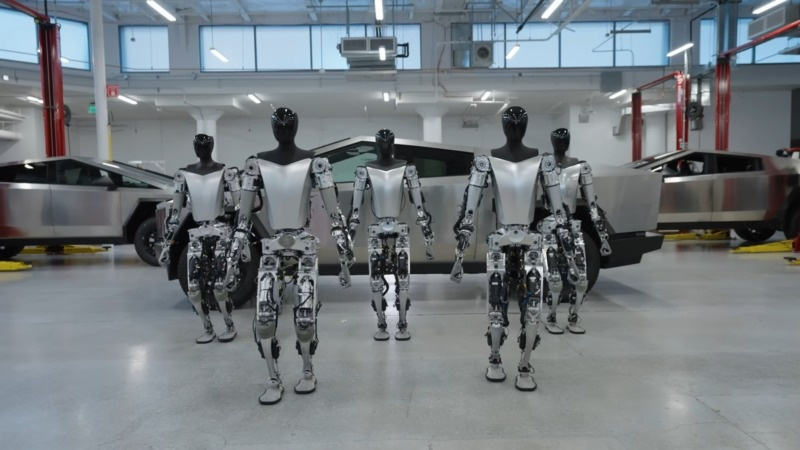
Technology vs. Politics: Tesla’s Vision Under Siege
Despite the headwinds, Musk is pushing forward with a goal to produce over 10,000 Optimus units within the year. Tesla is expanding its robotics workforce and upgrading automation capabilities to meet this target. But experts argue that these efforts rest on a shaky foundation—a supply chain deeply entwined with China. As U.S.-China relations deteriorate, many in the industry now believe that Optimus may become less a beacon of innovation and more a liability in a rapidly polarizing global environment.
The U.S. has already tightened restrictions and tariffs on Chinese exports in semiconductors, solar panels, and EV batteries—and robotics is widely expected to be next. If parts must be imported under heavy tariffs or if finished robots are reimported from Chinese plants, the projected production cost becomes economically untenable.
The risks don’t stop there. The success of Optimus hinges on stable, high-volume production, and any long-term supply chain disruption could jeopardize both Tesla’s launch timeline and its market strategy. Should that happen, Musk’s grand plan to democratize humanoid robots may be one of the first casualties of geopolitics.
In the end, Tesla’s superior technology may not be enough to overcome the weight of geopolitical realities. The race to lead the humanoid revolution will not be determined by innovation alone, but by who can move fastest—and smartest—amid shifting global tides.


